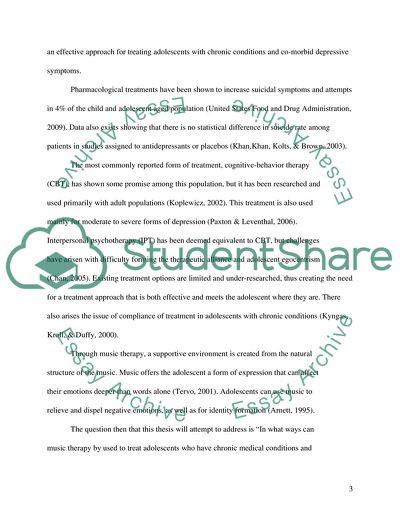Cite this document
(“Psychology of Music: Music Therapy of Depression Article - 1”, n.d.)
Psychology of Music: Music Therapy of Depression Article - 1. Retrieved from https://studentshare.org/music/1753117-psychology-of-music-music-therapy-of-depression
Psychology of Music: Music Therapy of Depression Article - 1. Retrieved from https://studentshare.org/music/1753117-psychology-of-music-music-therapy-of-depression
(Psychology of Music: Music Therapy of Depression Article - 1)
Psychology of Music: Music Therapy of Depression Article - 1. https://studentshare.org/music/1753117-psychology-of-music-music-therapy-of-depression.
Psychology of Music: Music Therapy of Depression Article - 1. https://studentshare.org/music/1753117-psychology-of-music-music-therapy-of-depression.
“Psychology of Music: Music Therapy of Depression Article - 1”, n.d. https://studentshare.org/music/1753117-psychology-of-music-music-therapy-of-depression.


